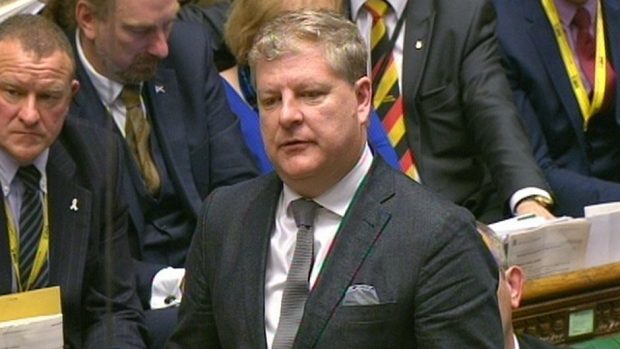Lindsay Watling, Westminster Correspondent
The SNP has accused the UK Government of being tougher on benefits cheats than they are on tax dodgers.
The party’s Westminster leader, Angus Robertson, claimed yesterday that the Department for Work and Pensions employs 10 times as many fraud investigators as HM Revenue and Customs (HMRC).
He raised the issue during Prime Minister’s Questions in the Commons, suggesting the Tories have been coming down harder on the poor while the “super rich” go unchecked.
The Moray MP said: “3,250 DWP staff have been specifically investigating benefit fraud whilst only 300 HMRC staff have been systematically investigating tax evasion.
“Surely, we should care equally about people abusing the tax system and those abusing the benefits system?
“Why has this government had 10 times more staff dealing often with the poorest in society abusing benefits than with the super rich evading their taxes?”
David Cameron said he would look carefully at the statistics, but insisted they sounded “entirely bogus”.
He added: “For this reason – the predominant job of the DWP is to make sure that people receive their benefits.
“The predominant job of HMRC is to make sure people pay their taxes.”
According to HMRC’s most recent annual report and accounts, there were 26,222 staff working on enforcement and compliance as of March last year.
An HMRC spokesman added: “The suggestion that only 300 HMRC people are working against evasion by the wealthy is plain wrong.”
But Mr Robertson hit back that he was specifically referring to the 300 staff in the Affluent Compliance Team that targets taxpayers with an annual income of more than £150,000 and wealth in the range of £1million to £25million.
The DWP said as of March this year, there were 3,765 staff involved in work related to benefit fraud.
Earlier in the session, Mr Robertson highlighted the collective position of the UK, its offshore territories and crown dependencies at the top of the financial secrecy index of the tax justice network.
And he asked what the British authorities had done since the Panama Papers leak in relation to both the country and law firm Mossack Fonseca.
Mr Cameron came under fire last week after admitting he had benefited from an offshore fund set up by his late father Ian.
He said yesterday the crown dependencies and overseas territories would now cooperate on reporting, the exchange of tax information and access to registers of beneficial ownership.
The prime minister added: “I think we should be tough on all those that facilitate lack of transparency, but we should be accurate in the way we do it.”
He pointed to the creation of a £10million-funded cross-agency review to “get to the bottom” of the information revealed in the leak.
